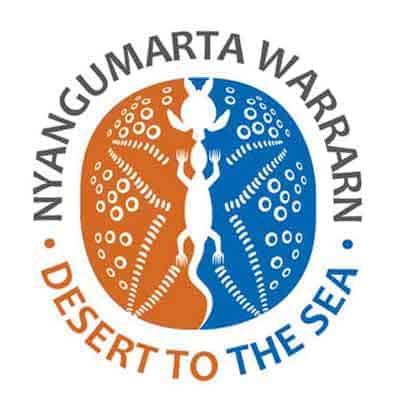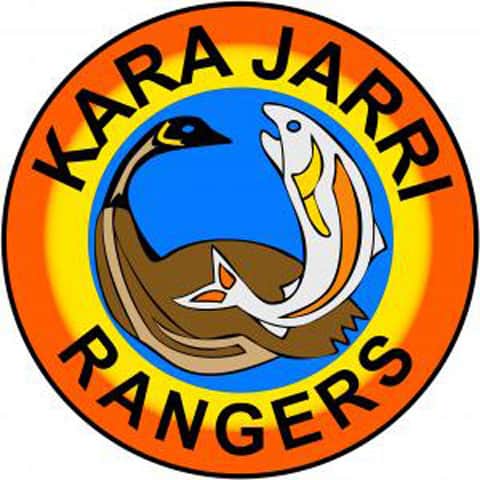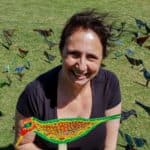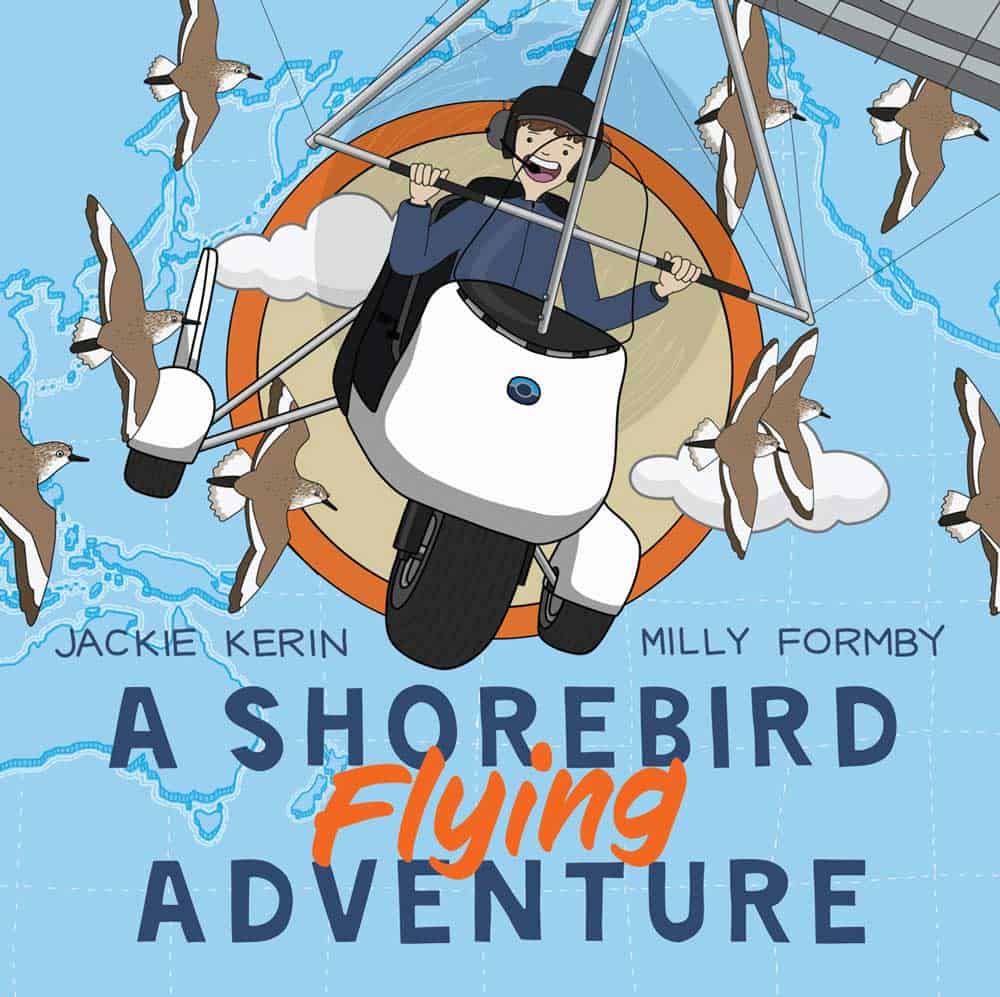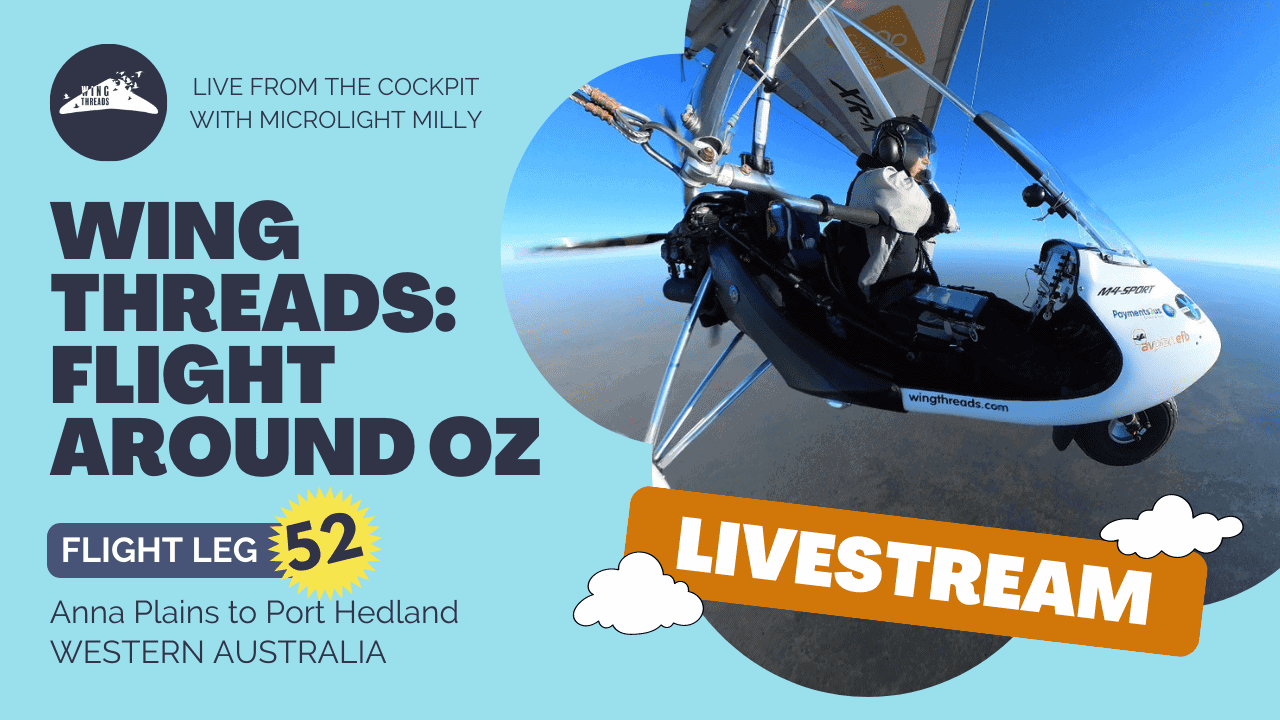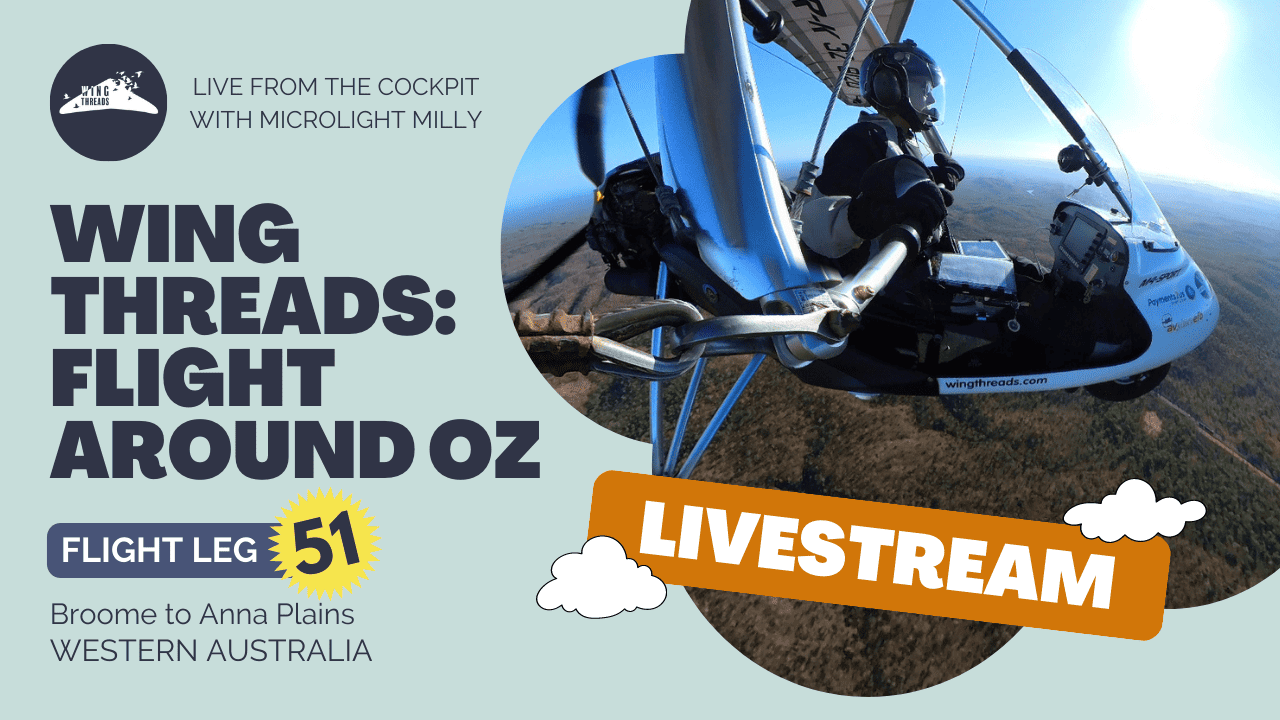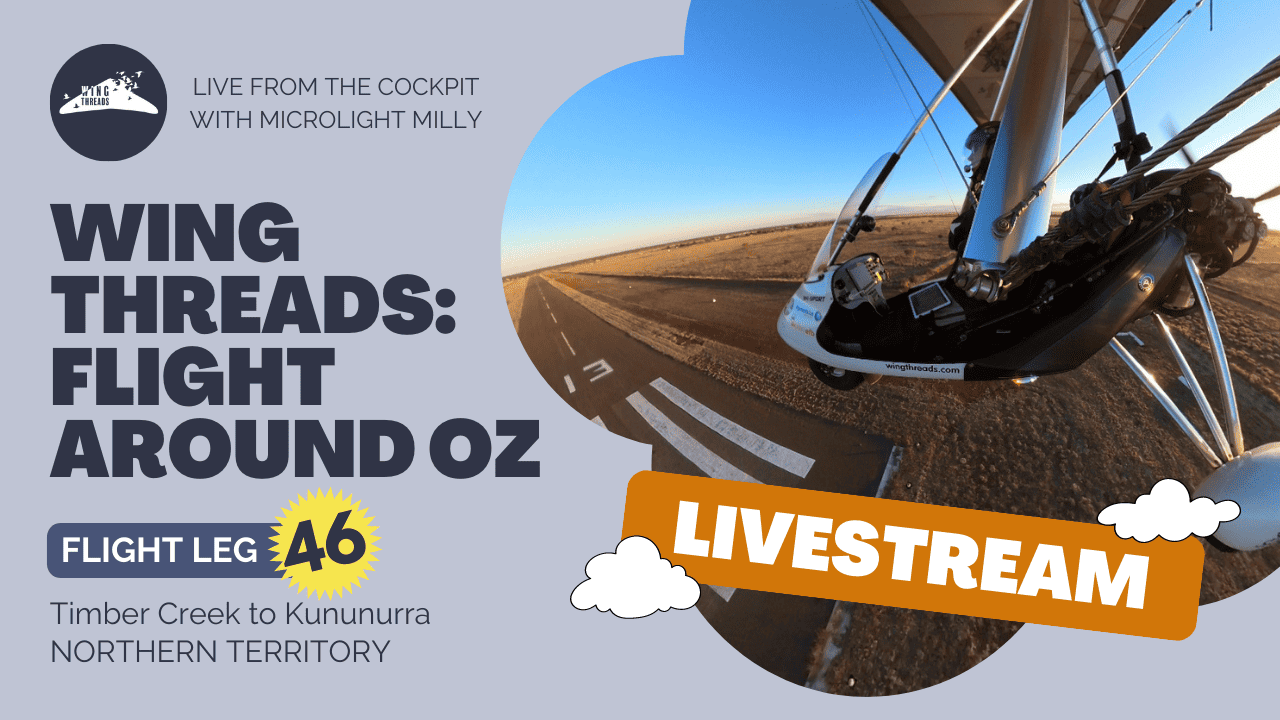All on the go & where will they stop?
We really don't know!
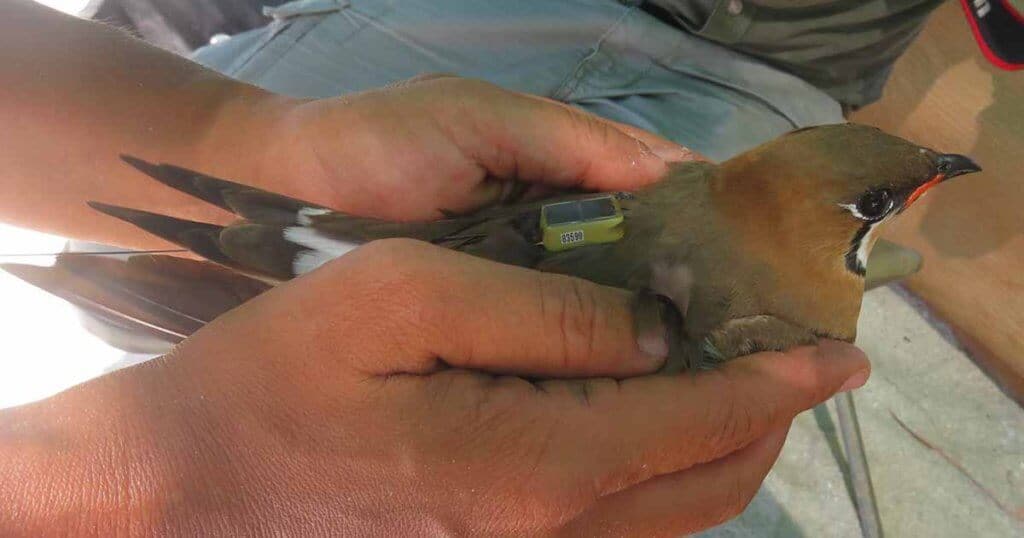
With all four Oriental Pratincoles now in Southeast Asia, we find SHE on the floodplains of Tonle Sap Lake, Cambodia and SEP near the city of Pati, Central Java, Indonesia; the same locations as described last week. SEC and SUN continue their migrations, making flights further north.

In our previous report, SEC was just off the Asian mainland close to the Cambodia/Vietnam border. Subsequent, less accurate, readings indicate that the bird has now reached the mainland. It will be interesting to see if this bird proceeds northwards to the lake where the first Oriental Pratincole to depart Australia, SHE, has been located for the last three weeks. The lack of onward movement of SHE increasingly suggests that it may have reached its breeding location, although breeding is unlikely to commence before April.
SUN has also continued its northward movement through the Maritime Continent and is now in Central Borneo. The other, SEP, is still foraging over agricultural land in Central Indonesia.
At the rate the Oriental Pratincoles are moving northwards, it is possible that the main migration to the breeding grounds may even be completed before the end of March.
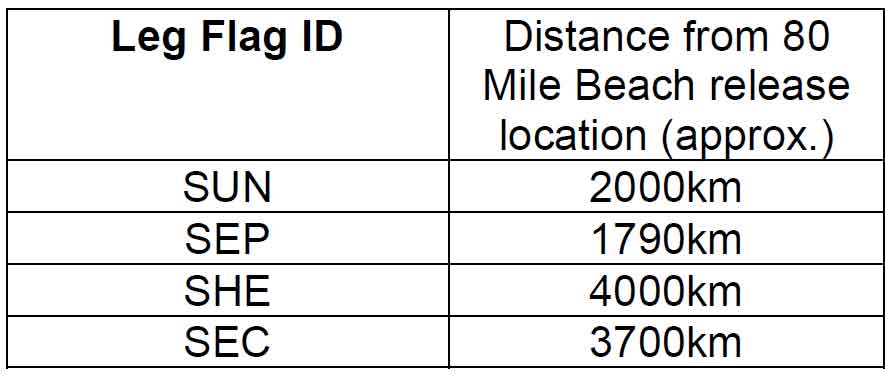
Oriental Pratincoles on the move
Last but not least
Leg Flag SUN (PTT 83591)
On the 9th March, SUN’s position was recorded 140km north-east of the Ashmore Islands; approximately 300km off North West Australia’s Kimberley Coast (Figure 2a.). Four days later and another 1450km northwest, SUN is now located in Central Kalimantan, approximately 5km from the Barito River and 10km from the village of Rantau Kujang, in the Jenamas District of Borneo (Figure 2b.). This location is approximately 2000km from the release site at 80 Mile Beach in North West Australia.
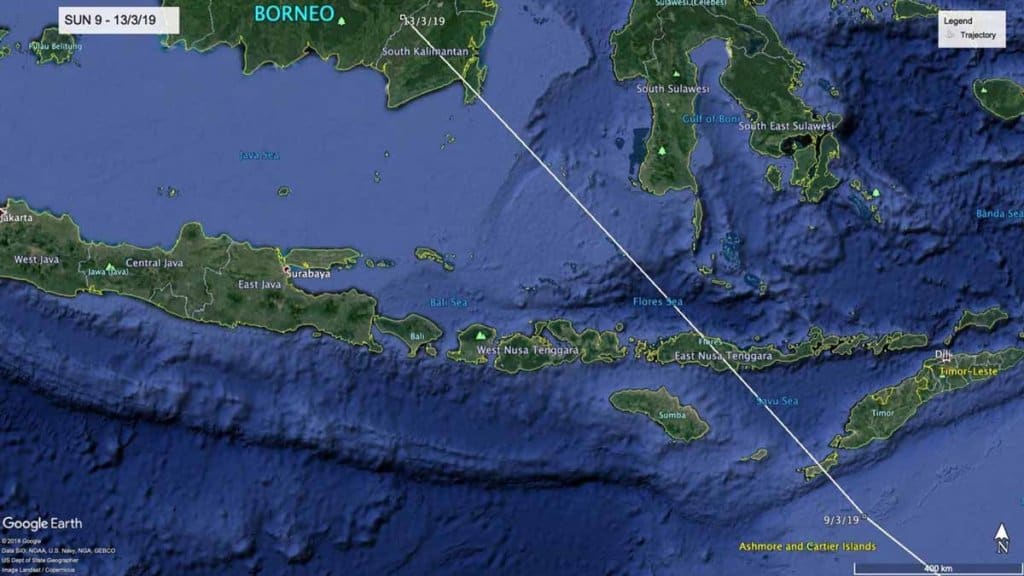
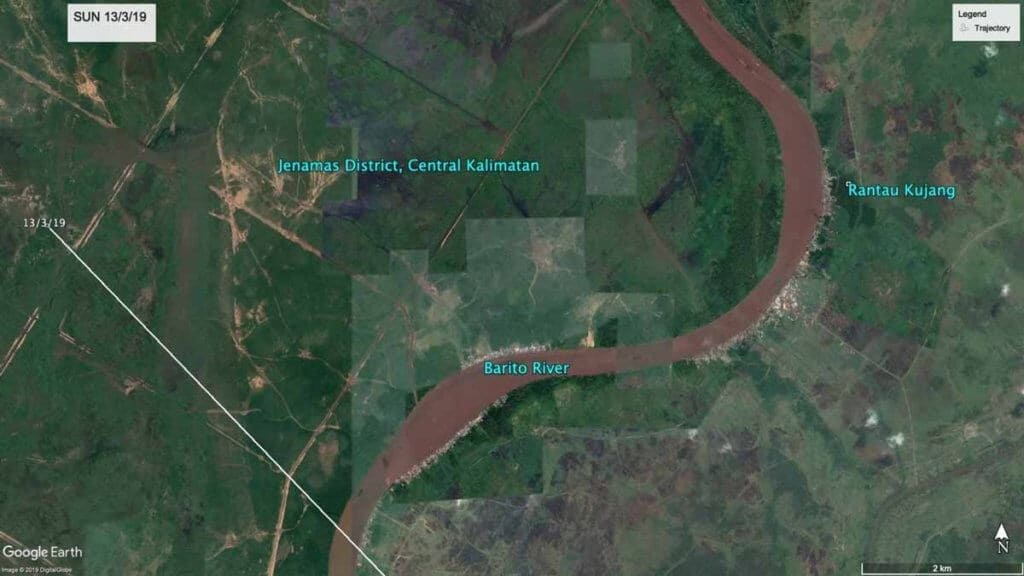
Staying Put
Leg Flag SEP (PTT 83593)
SEP has not moved since our last report and remains in the moderately populated Pati Regency in Central Java, Indonesia. This bird seems to be using agricultural land surrounded by many villages in the area (Figure 3.).
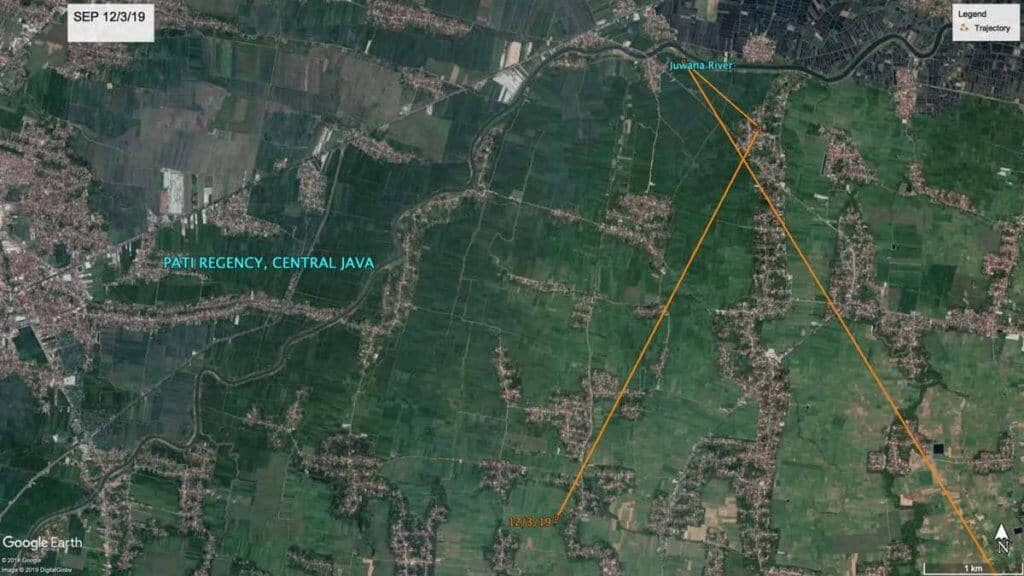
Still roosting on Tonle Sap Lake
Leg Flag SHE (PTT 83595)
Three weeks have passed since SHE first began migration. In our last report, SHE had settled in the Tonle Sap Biosphere Reserve, Cambodia where it still remains. The latest location shows this bird in the Roniem Forest, occupying habitat which includes open grasslands.
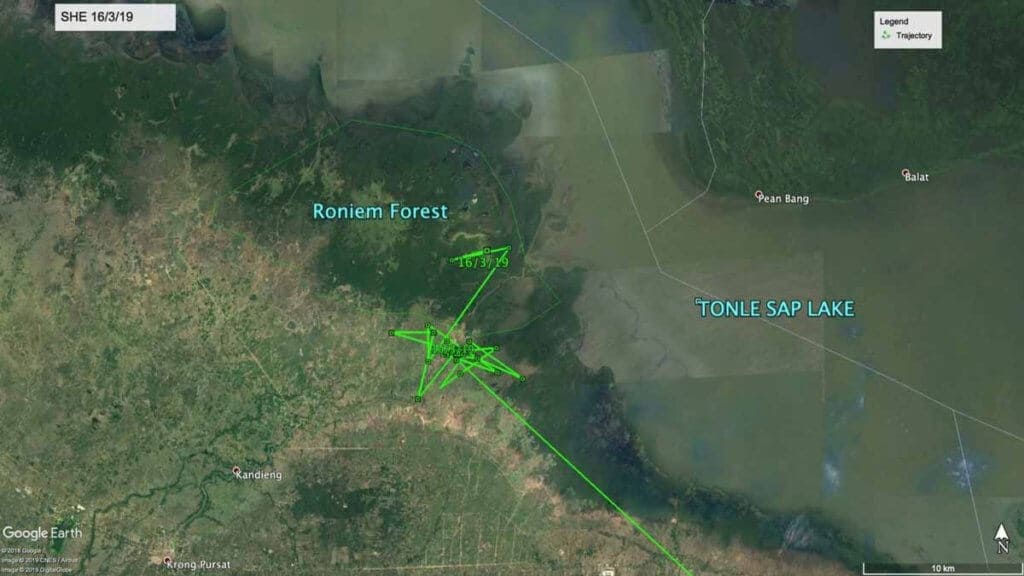
North to the border
SEC (PTT 83596)
After departing Broome, SEC remained in the West Kalimantan Region, Borneo, for approximately 11 days (Figure 5a.). Around the 12th March there was a brief stopover at Pulau Serasan, (Serasan Island) – part of the southern group of Islands making up the Natuna Regency, Indonesia. Between the 14th and 15th of March, SEC travelled a distance of approximately 850km to its latest location 23km off the coast of the Vietnam-Cambodian border, approximately 3700km from the release site at 80 Mile Beach in North West Australia (Figure 5b.).
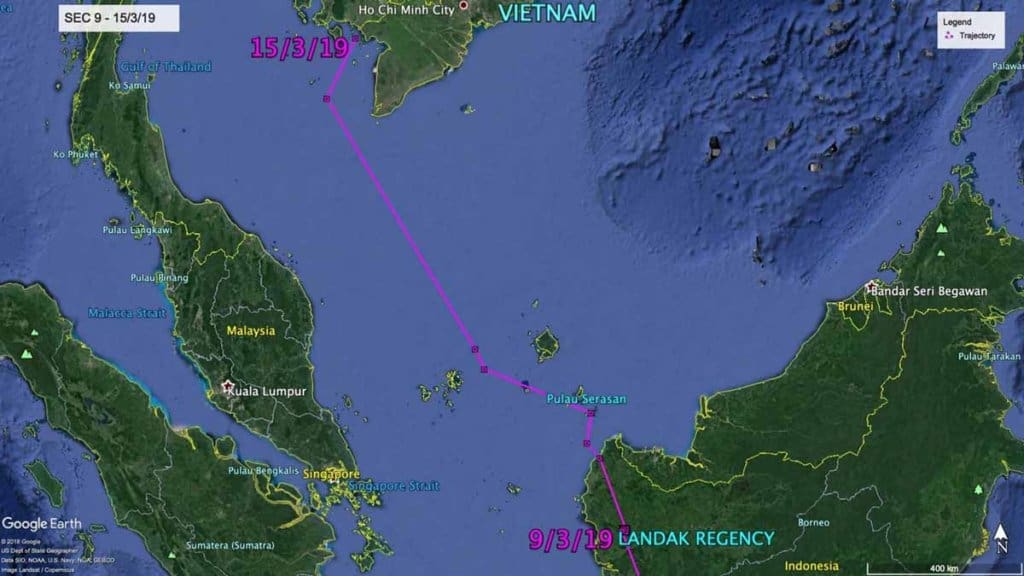
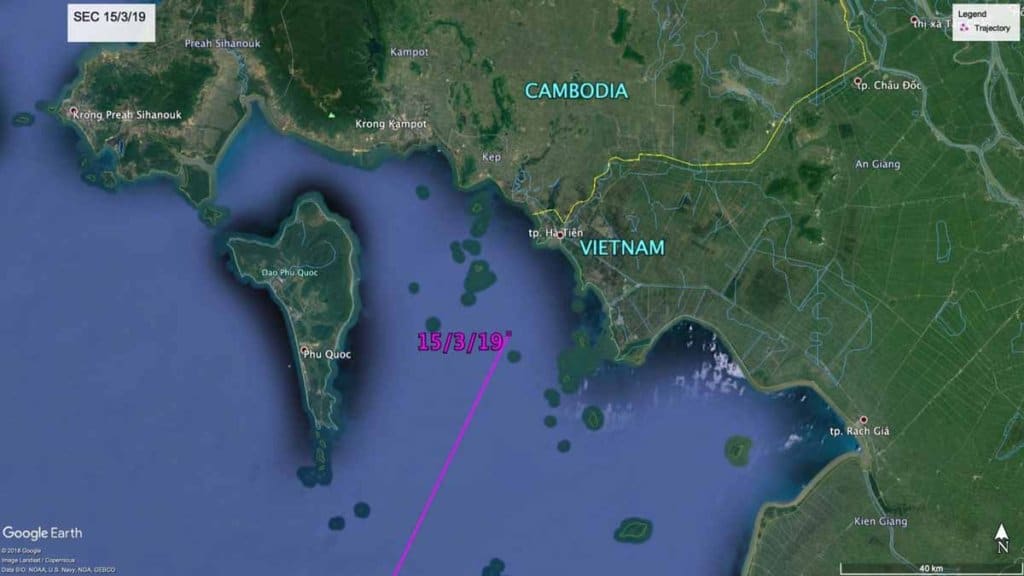
Download a PDF copy of this report – Oriental Pratincole Satellite Tracking Report Number 3
Acknowledgements
Clive Minton
The extensive and expensive satellite tracking program we have set up in NWA has only been possible through the efforts and generosity of a large number of people and organizations. It is difficult to know where to start with the formal acknowledgements so I will list them – but not in any particular order of priority.
- The members of the AWSG NWA 2019 Wader and Tern Expedition and similar NWA expeditions in previous years, are particularly thanked for their efforts in the field in catching, banding and deploying transmitters on a range of species.
- Landowners are especially thanked for permission to go onto their property to enable us to catch various species in order to deploy the satellite transmitters. In particular we thank Anna Plains Station for giving us the freedom to roam over large areas of grazed grassland when counting and catching target species.
- AWSG acknowledges the Yawuru People via the offices of Nyamba Buru Yawuru Limited for permission to catch birds on the shores of Roebuck Bay, traditional lands of the Yawuru people.
- AWSG acknowledges the Karajarri and Nyangumarta people for permission to catch birds to be marked for this project on the shores of 80 Mile Beach, traditional lands of the Karajarri and Nyangumarta.
- The cost of the satellite transmitters, which cost around $5000 each, and the satellite downloading costs (around $1000-1500 per month) have been met by a variety of sources. Private individuals (Charles Allen and Doris Graham) have made most generous individual contributions. Kate Gorringe-Smith and her team of artists involved in The Overwintering Project made a large, generous donation from funds raised during their various public exhibitions. The annual NWA Expedition members, collectively, also provided significant funds each year.

